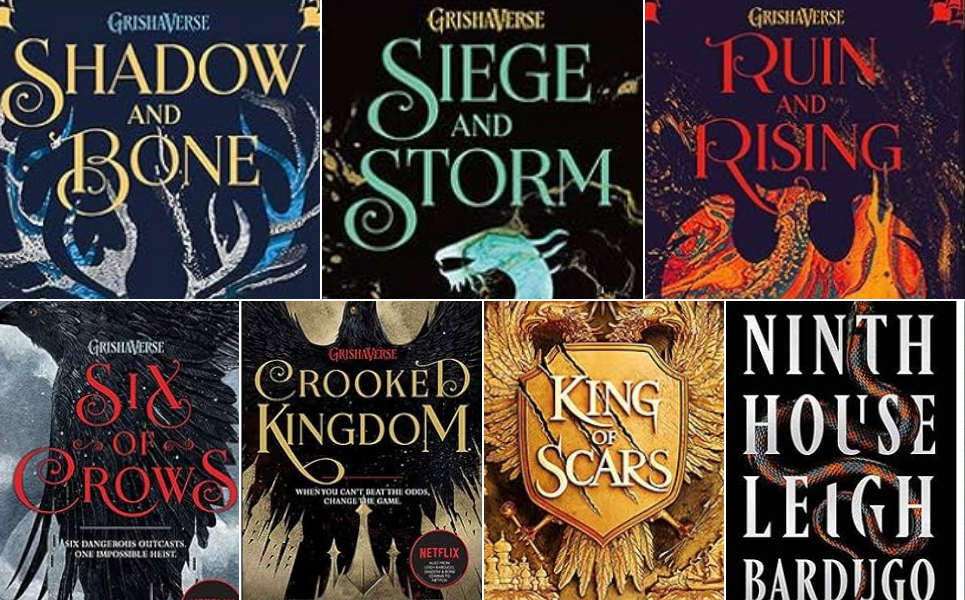
FAQ About Leigh Bardugo

What is the world-building process like in Leigh Bardugo's novels?
Inspiration from Russian Folklore:
- The Grishaverse, the fictional world where many of Bardugo's novels are set, draws inspiration from Russian folklore and culture. This influence is evident in aspects such as naming conventions, cultural practices, and the overall aesthetic of the world.
Distinct Regions and Cultures:
- The Grishaverse consists of distinct regions, each with its own culture, traditions, and challenges. For example, Ravka is inspired by tsarist Russia, Fjerda has Nordic influences, and Kerch draws from the Dutch Republic. This diversity contributes to a rich and multifaceted world.
Creation of the Little Palace:
- The Little Palace is a key setting in the Grisha Trilogy and serves as an institution where Grisha are trained. Bardugo carefully describes the architecture, daily life, and social dynamics within the Little Palace, providing readers with a sense of the Grisha's world.
Magic Systems:
- The Grisha Trilogy introduces a unique magic system where individuals, known as Grisha, possess various magical abilities. These abilities are categorized into different orders, such as Corporalki, Etherealki, and Materialki. The detailed exploration of Grisha powers and their training contributes to the depth of the magical elements in the world.
Creation of Ketterdam:
- Ketterdam, a bustling city featured in the Six of Crows Duology, is a prime example of Bardugo's world-building prowess. The city is a melting pot of cultures, and its streets, canals, and criminal underworld are vividly described, creating a vibrant and atmospheric setting.
Expanding the Grishaverse:
- As Bardugo continues to write within the Grishaverse, she expands the world to include new locations and perspectives. The addition of places like Novyi Zem and the Ice Court in the Six of Crows Duology contributes to the overall richness of the fictional world.
Incorporation of Folklore and Mythology:
- Bardugo weaves elements of folklore and mythology into her world-building. This includes the use of mythical creatures, legends, and cultural beliefs that add a layer of depth and authenticity to the fantasy setting.
Attention to Detail:
- Bardugo's world-building is known for its attention to detail. From the clothing worn by characters to the food they eat, the author provides nuanced descriptions that enhance the reader's immersion in the world. These details contribute to the sensory experience of the setting.
Interconnected Storylines:
- One of the strengths of Bardugo's world-building is the interconnectedness of her storylines. Characters and events from one series influence others, creating a cohesive narrative universe that spans multiple books.
Cultural Influences Beyond Russia:
- While Russian folklore is a primary influence, Bardugo incorporates cultural elements from various regions and historical periods. This approach results in a world that feels expansive and draws from a diverse range of inspirations.
